A Guide to Tahitian Pit Oven Cooking Traditions
12 min read Explore the rich history and techniques of Tahitian pit oven cooking, unveiling culinary traditions and cultural significance behind these ancient cooking methods. June 22, 2025 15:05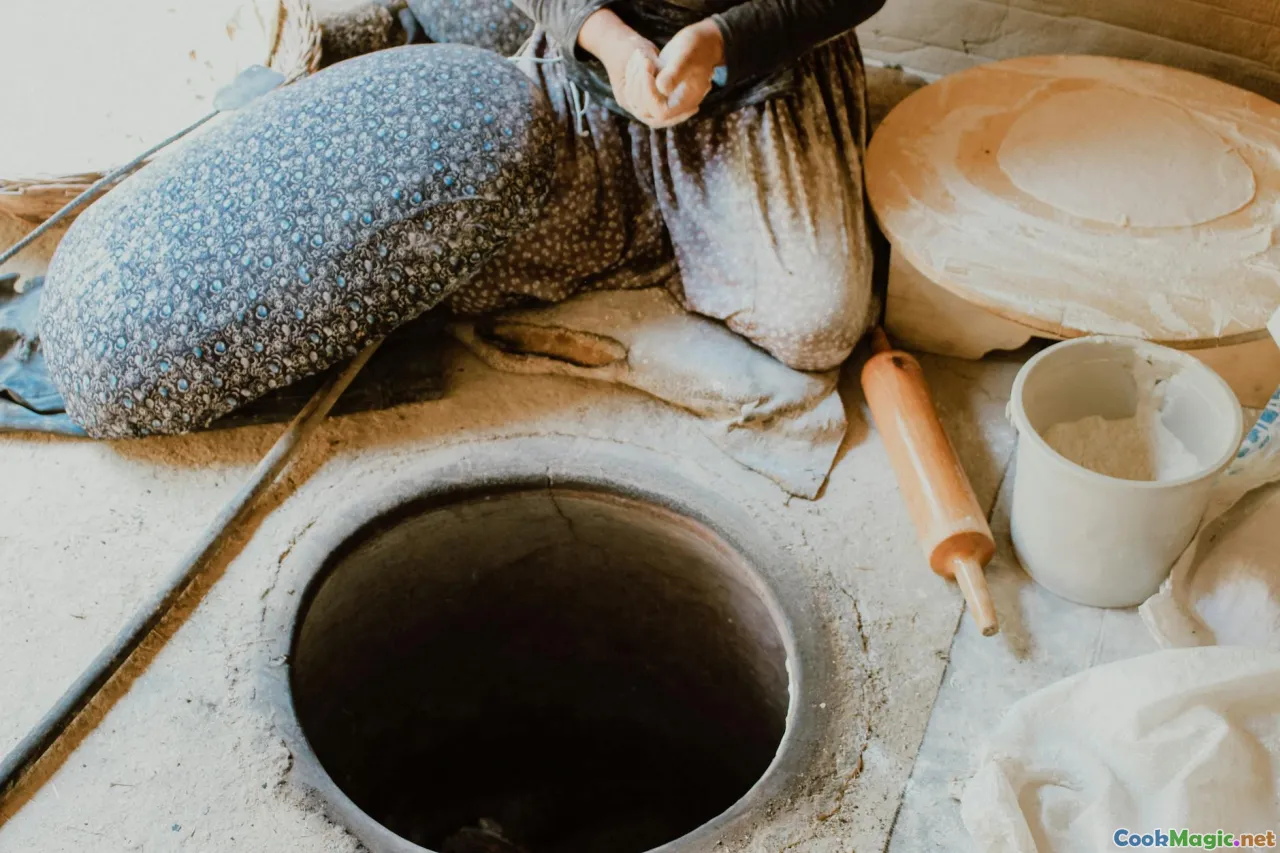
A Guide to Tahitian Pit Oven Cooking Traditions
Imagine a place where the air hums with the sweet aroma of roasted coconut, smoky earthiness, and the subtle promise of island bounty. Tahiti, the crown jewel of French Polynesia, is not only famed for its azure lagoons and lush palms but also for its deeply rooted culinary tradition centered around an ancient, communal cooking method — the tīā ‘ā or tārāoa, more commonly known as the traditional Tahitian pit oven. In this sprawling guide, we journey into the heart of this timeless practice, exploring its cultural significance, technique, and the sensory experiences it offers. Whether you're a culinary adventurer or simply fascinated by island customs, uncover the secrets behind Tahiti’s subterranean feast.
The Cultural Heartbeat of the Tahitian Pit Oven

Few culinary traditions embody the soul of Tahiti as vividly as the Tahitian pit oven. Rooted in Polynesian heritage, this cooking style signifies more than just a method—it’s a living testament to community, honoring ancestors, and celebrating gatherings. Traditionally, families and villages come together for special occasions: weddings, fiafia (festivals), and harvest celebrations often culminate in the communal act of digging the earth, preparing native ingredients, and sharing the resulting feast. The process embodies the island's values: fa’aTahiti—the way of Tahiti—fostering kinship, respect for nature, and the continuity of customs.
Throughout Tahitian history, the pit oven was essential, transforming simple ingredients into a hearty, flavorful banquet. The scent of smoked taro, the tender pull of roasted breadfruit, and the rich juices of roasted pig evoke memories not only of flavor but of collective identity.
The Anatomy of a Tahitian Pit Oven
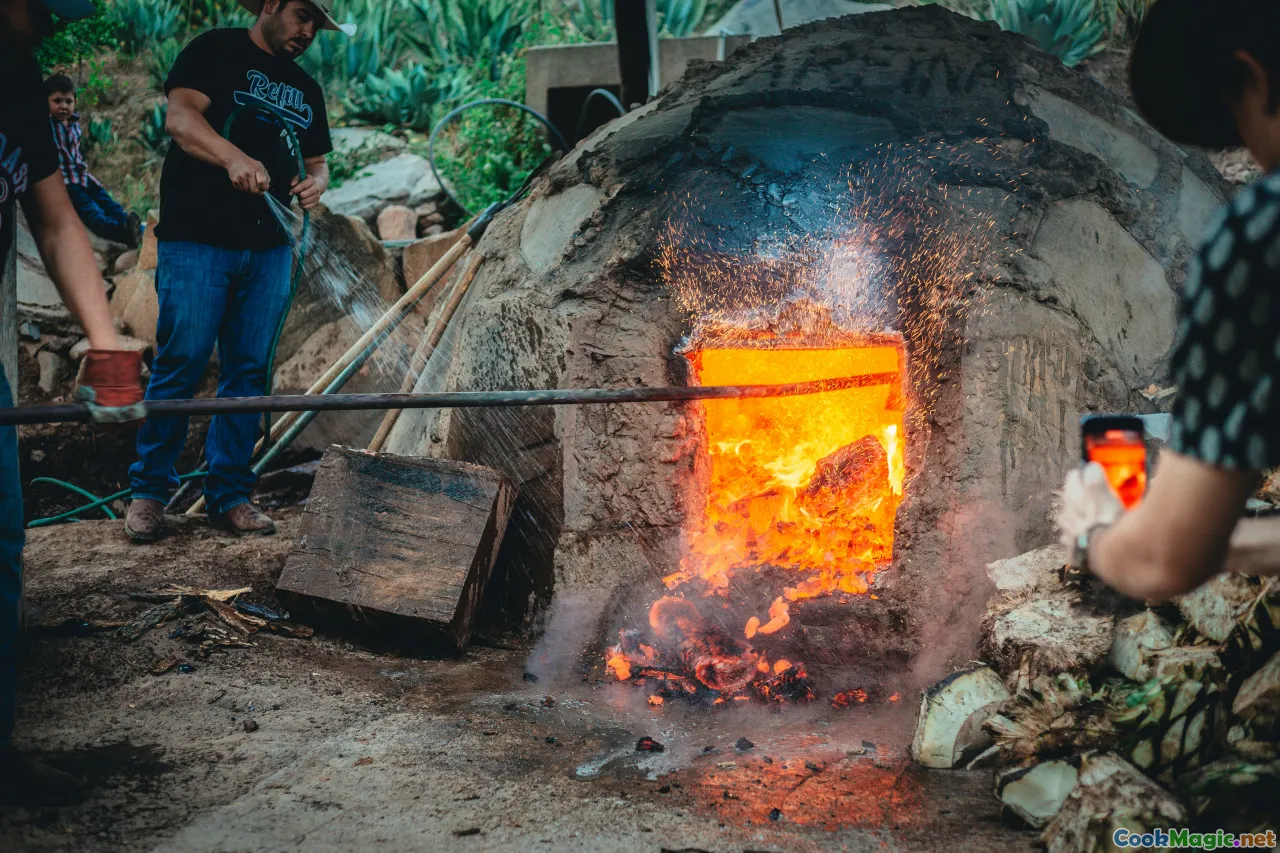
At its essence, a Tahitian pit oven is a subterranean kitchen — an earth-based cooking chamber harnessing the natural energy of fire, stones, and soil. Here's a breakdown of its components:
- Fire Layer: At the base, volcanic rocks or coral stones are heated over a wood or coconut husk fire. These stones must reach high temperatures—sometimes lasting several hours—to radiate heat effectively.
- Cooking Surface: Once heated, the stones are spread evenly, creating a solid platform upon which food is placed.
- Food Wrappings: Traditional staples such as whole pig, chicken, breadfruit, taro, yams, and coconut crab are wrapped in banana leaves, parchment, or cloth to protect them from direct contact with the hot stones and ash.
- Cover and Seal: More leaves or soil are layered above the food, sealing the pit and trapping steam, heat, and smoky flavors.
- Time: The entire process can take anywhere from 4 to 8 hours, depending on the quantity and type of ingredients.
This ingenious approach combines slow cooking with infusion of smoky, earthy flavors, resulting in dishes that are remarkably tender and aromatic.
The Ritual: From Preparation to Feast

Engaging in pit oven cooking is as much a cultural ritual as it is a culinary one. The process begins with gathering local ingredients—suckling pig (sometimes marinated in a mixture of lime, garlic, and native herbs),-grounded taro, fragrant breadfruit, and freshly caught seafood—and preparing them meticulously.
**1. Fire Preparation:**Well before dawn, firewood and coconut shells are set ablaze atop volcanic stones. The fire is tended patiently, allowing the stones to reach white-hot temperatures.**2. Food Packing:**While the fire blazes, food is wrapped in banana leaves, often seasoned and marinated to enhance flavor. The pig might be stuffed with native herbs like nonī, or marinated in lime juice and coconut milk—each family has their secret spice blends.**3. Assembling the Oven:**Once the stones are adequately hot, they are spread out in the pit, and the prepared food parcels are carefully placed on top. It’s a communal event—families work together, sharing stories, laughter, and anticipation.**4. Sealing and Burials:**The openings are sealed with soil and leaves, ensuring heat and smoke stay trapped. It’s almost ritualistic—closing the earth over the community’s culinary gift.5. Resting and Cooking: The pit is left undisturbed for several hours, during which an intoxicating smoky aroma seeps out, promising the feast’s imminent arrival.
The wait culminates as villagers lift the soil, revealing a marvel—the meat is succulent, tender, and infused with smoky richness; the vegetables are softened to a sweet creaminess, bursting with earth and flavor.
Signature Tahitian Dishes from the Pit
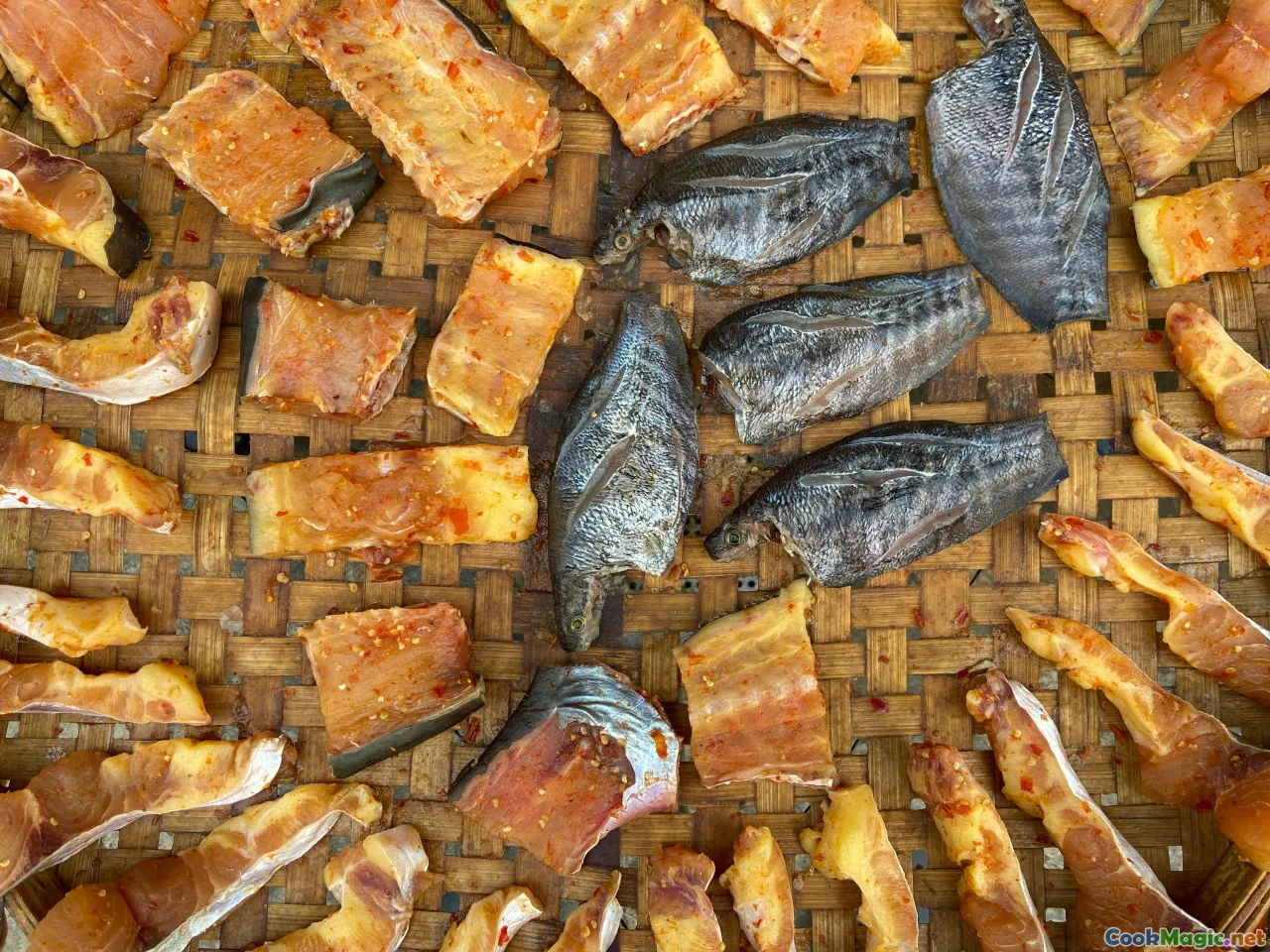
Certain dishes have become emblematic of Tahiti’s pit oven mastery, each carrying the essence of Polynesian ingredients and traditions.
Kalua Pua’a — Tartare of Roasted Pig
This savory centerpiece involves slow-roasted pig, its crispy skin contrasting beautifully with the succulent, melt-in-your-mouth meat. Carved straight from the earth, it’s often served with fresh tropical fruit salads or tangy lime dipping sauces.
Faraū — Roasted Breadfruit
Breadfruit, when roasted underground, develops a subtly sweet aroma and a creamy, potato-like texture. Once cooked, it’s often pulled apart and served with coconut cream or spicy Tahitian chutneys.
Taro and Uru — Earthy Roots
Taro and uru (sweet potato) are staple staples in the Polynesian diet, transformed by underground cooking into tender, jam-like delights or savory mashs that carry natural sweetness and a velvety mouthfeel.
Poisson Cru — Marinated Raw Fish
Although not cooked in the oven, this dish commonly complements earth-roasted fare. Fresh fish is marinated in lime juice, blended with coconut milk, and mixed with vegetables—a tangy and refreshing counterpoint.
Techniques to Replicate Tahitian Pit Oven Flavors at Home
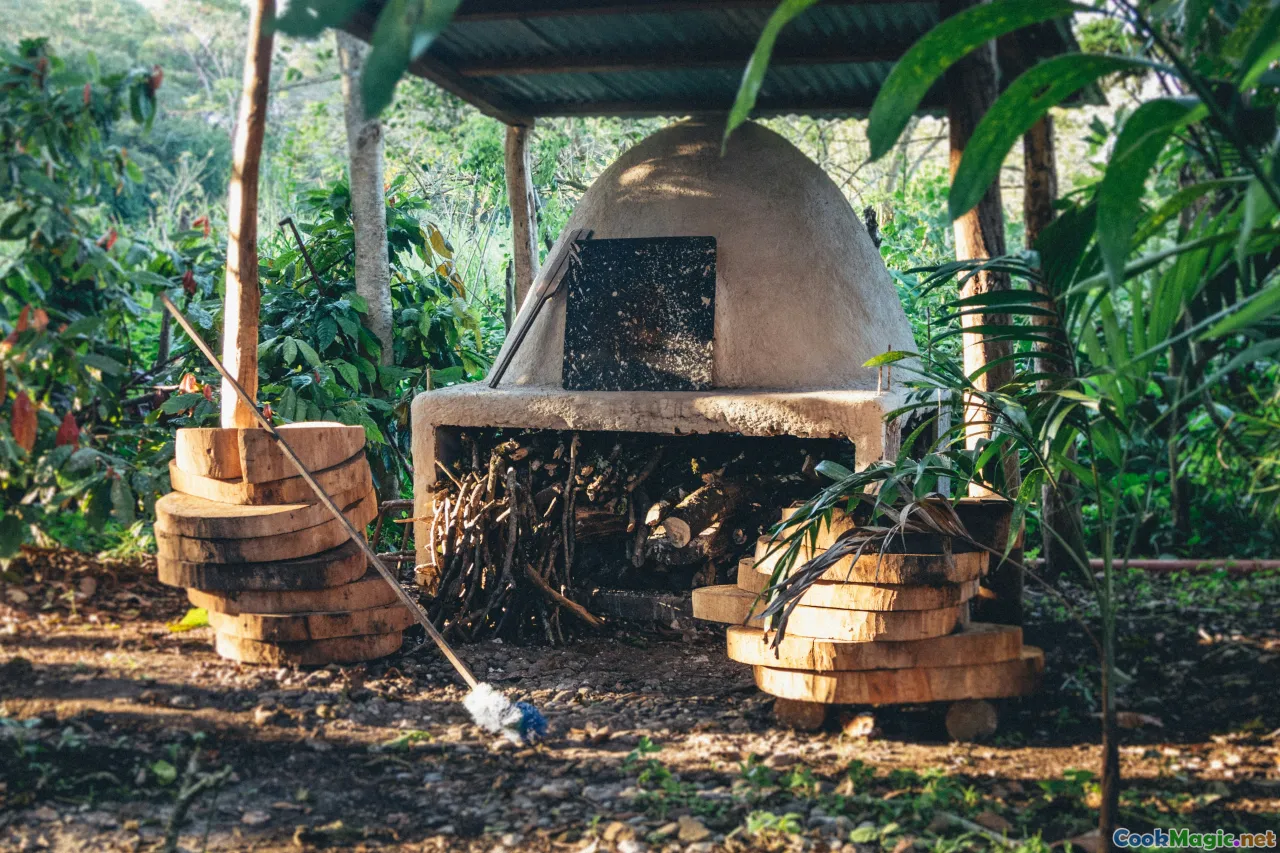
While the authenticity of an underground pit may be challenging outside Tahiti, passionate home cooks can adapt with some ingenuity.
- Use a Cloche or Smoker Box: Wrap ingredients tightly in banana or spinach leaves, or use foil, and cook over hot charcoal in a covered grill or smoker box. The goal is to trap smoke and moisture.
- Slow Roasting: Mimic pit slow-cooking by baking in a low-temperature oven (around 225°F/110°C) for extended hours, preferably with a tray of soaked wood chips to impart smoky notes.
- Stovetop Earth Oven: For an indoor version, stack a heatproof baking dish over a bed of hot stones or charcoal, cover tightly with foil, and permit slow cooking.
- Infuse Smoke: Add a splash of smoked salt during seasoning or use a handheld smoking gun to introduce smoky depth.
The key is patience and adherence to respectful seasoning traditions—embracing the process yields more authentic flavors.
Preserving and Celebrating Tahitian Pit Oven Traditions
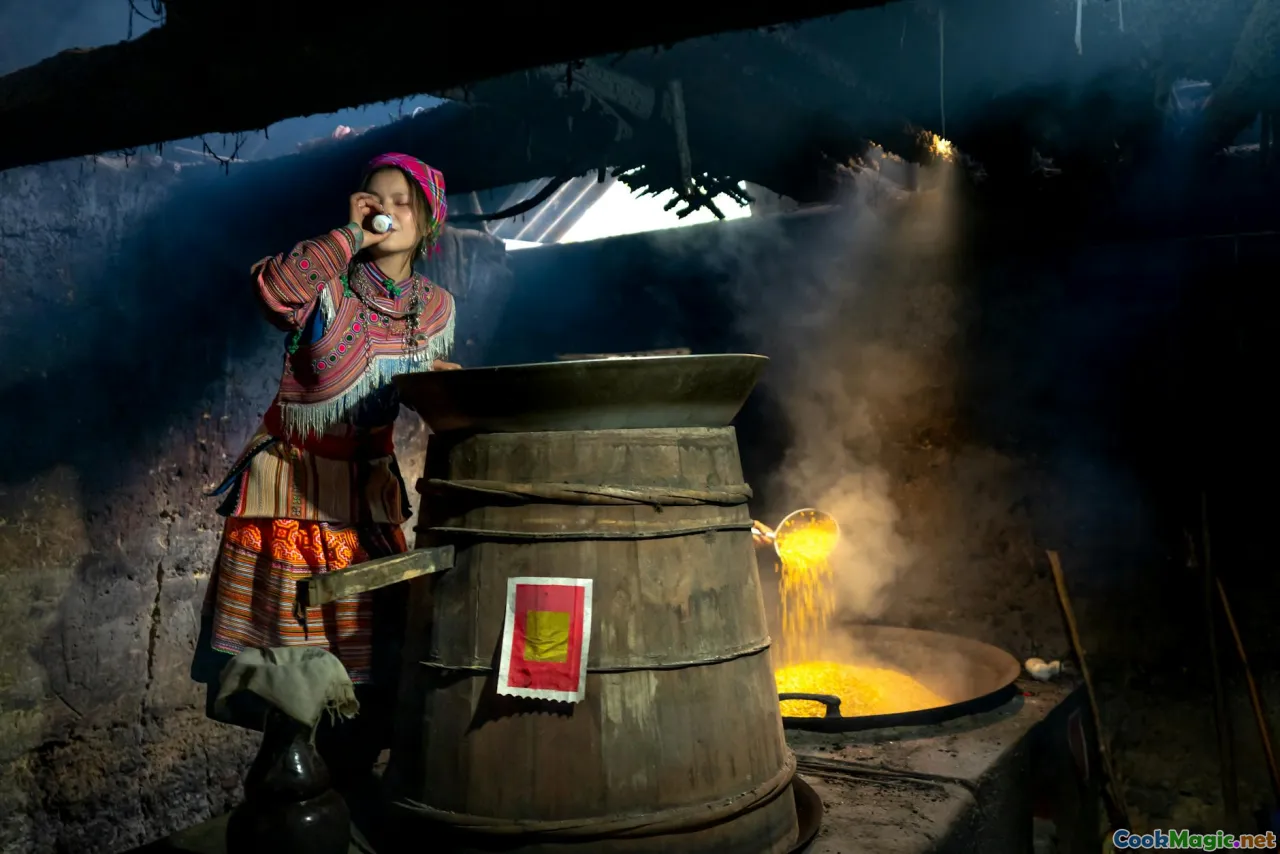
In today’s rapidly changing world, safeguarding Tahiti’s pit oven tradition is vital. Local communities conduct workshops, cultural festivals, and storytelling events that focus on passing down techniques and stories tied to these underground grills.
The annual Heiva i Tahiti festival often features demonstrations of traditional pit cooking, allowing visitors to taste authentic dishes while absorbing the history behind each flavor. Efforts to document recipes and rituals ensure that younger generations remain connected to their roots.
Furthermore, culinary tourism initiatives and sustainable practices promote respectful engagement with native ingredients and methods, fostering global appreciation without compromising authenticity.
Reflections From a Culinary Enthusiast
Chatting with Tahitian chefs and locals reveals a profound pride in their pit oven tradition. One story stands out: a village chef named Terei recounts how during his childhood, the aroma of a freshly unearthed pit filled the air on grands occasions, stirring feelings of unity and joy that linger long after the feast ends.
He emphasizes that while modern appliances excel in convenience, nothing replaces the sensory symphony of seasoning, smoky aroma, and communal effort that a Tahitian earth oven provides. It’s more than cooking—it’s a ritual of love and shared identity.
A journey into Tahitian pit oven traditions reveals an extraordinary culinary narrative woven into the fabric of island life. With patience, reverence, and a sprinkle of innovation, enthusiasts around the world can embrace a slice of Tahiti’s soulful approach to food—transforming humble ingredients into a memorable taste of Polynesian heritage. As the earth slowly reveals its bounty, so too does the story of this ancient technique continue to ferment, inspire, and nourish.









